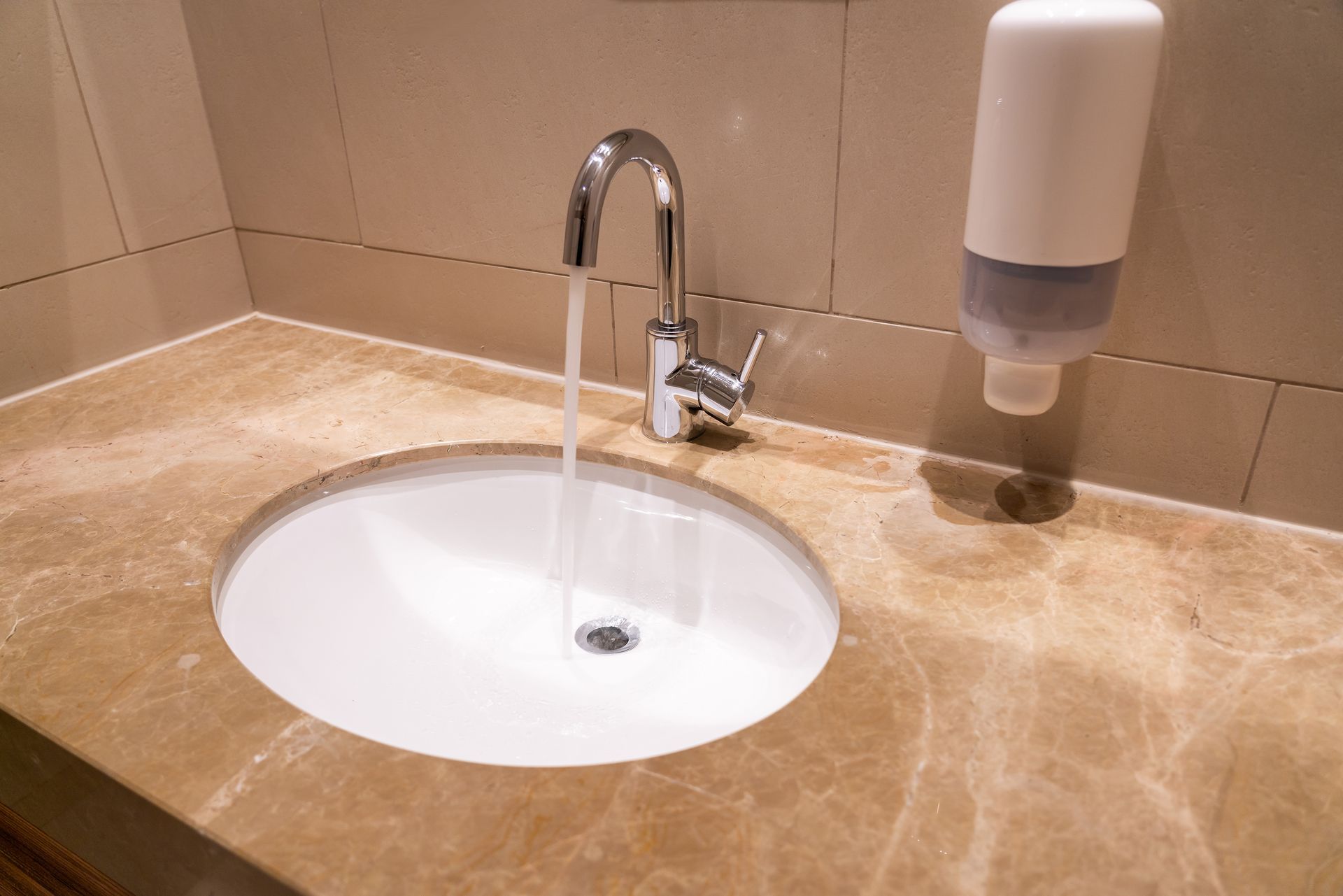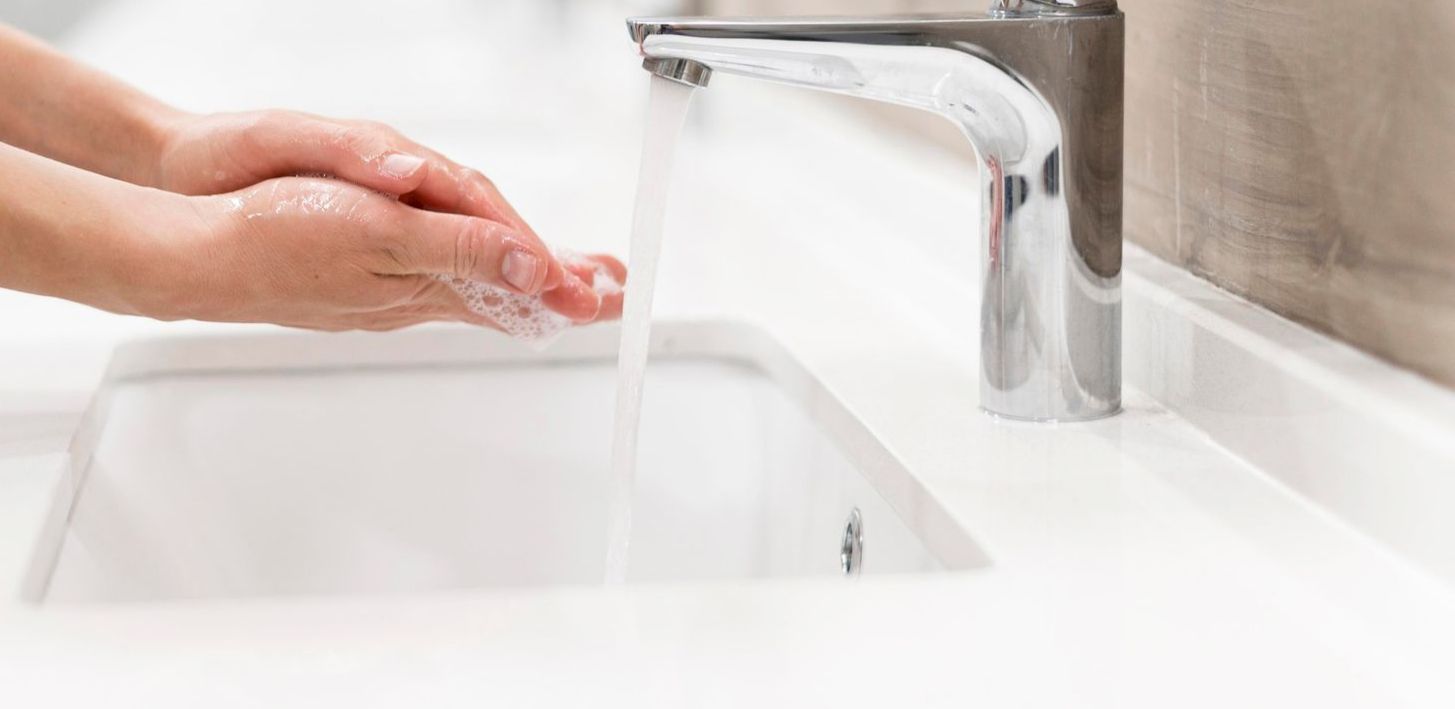Sealant Maintenance: How to Make Your Sealant Last Longer
Sealant Maintenance: How to Make Your Seals Last Longer
Sealants play a critical role in construction, protecting surfaces from moisture, drafts, and even structural damage. Whether you're sealing windows, bathrooms, or expansion joints, a high-quality sealant is essential. However, like any building material, sealants require proper maintenance to ensure they last as long as possible. In this blog post, we'll explore how to care for and maintain your sealant applications so that they remain effective and durable for years to come.
1. Choose the Right Sealant from the Start
Sealant maintenance begins with choosing the correct product for your project. Different types of sealants—like silicone, polyurethane, and acrylic—are designed for various environments and surfaces. Using a sealant in the wrong setting can shorten its lifespan, leading to cracks, shrinkage, or failure.
For example:
- Silicone sealants are excellent for wet areas like bathrooms and kitchens because they resist mold and moisture.
- Polyurethane sealants are ideal for outdoor projects due to their toughness and flexibility, making them perfect for areas exposed to extreme weather conditions.
- Acrylic sealants are a budget-friendly option for indoor projects, especially for areas that don't experience significant movement or moisture exposure.
- Make sure to consult with your sealant supplier to ensure you're using the appropriate type for your specific application. At DSB Sealant Suppliers, we offer a wide range of high-performance sealants tailored to different needs and environments.
2. Inspect Regularly for Damage
One of the most important steps in maintaining sealants is conducting regular inspections. Over time, environmental factors such as UV exposure, temperature fluctuations, and moisture can cause the sealant to degrade. To prevent bigger problems down the road, inspect your seals at least once or twice a year for the following:
- Cracking or splitting: These are signs that the sealant has dried out or aged and needs to be replaced.
- Peeling or detachment: If the sealant is no longer adhering to the surface, it's not providing the necessary protection.
- Discoloration or mold growth: Mold and mildew indicate moisture has penetrated the seal, which could lead to water damage if left unchecked.
If you notice any of these issues, it’s best to act quickly to prevent further damage.

3. Clean Seals Properly
Dirt, dust, and grime can accumulate around sealed areas, especially in kitchens, bathrooms, or outdoor settings. Keeping your seals clean is vital to prevent deterioration. Follow these simple steps to clean sealant effectively:
- Use a soft cloth or sponge and mild soap to wipe down the sealant surface.
- Avoid using abrasive cleaners or tools that could scratch or damage the sealant.
- For mold or mildew, use a mixture of water and vinegar to gently scrub the area.
- By regularly cleaning the sealant, you not only maintain its appearance but also prevent potential damage from build-up.
4. Avoid Harsh Chemicals
While it’s important to clean your seals, be mindful of the products you use. Harsh chemicals such as bleach or ammonia-based cleaners can weaken the sealant over time, leading to early breakdown. Instead, opt for gentler cleaning solutions and make sure to rinse the area thoroughly after cleaning to remove any residual chemicals.
5. Repair or Reseal When Needed
Even the best-maintained sealants will eventually wear out, especially in high-traffic or high-moisture areas. If you notice damage during an inspection, it's crucial to repair or reseal the area promptly. Here’s a basic guide on how to repair a damaged seal:
- Remove the old sealant: Use a sealant remover tool or a sharp knife to carefully cut away the old, damaged sealant.
- Clean the area: Ensure the surface is clean and dry before applying new sealant.
- Apply new sealant: Using a caulking gun, apply a new bead of sealant along the joint or surface. Smooth it out with a caulking tool or your finger for a neat finish.
- This simple maintenance task can extend the life of your seal and prevent costly repairs in the future.
6. Protect Sealants from Extreme Conditions
Sealants in outdoor environments are often exposed to extreme weather conditions—intense sunlight, heavy rain, or freezing temperatures—that can cause premature wear. To protect your sealant, consider using UV-resistant products, which are designed to withstand prolonged exposure to sunlight. For cold climates, ensure you’re using a sealant that remains flexible and durable even in freezing temperatures.
In addition, applying a protective layer such as a water-resistant sealant over the original can add an extra level of protection and extend its lifespan.
7. Why Sealant Maintenance Matters
Proper sealant maintenance is crucial not only for the longevity of the seal but also for the overall safety and functionality of your project. Poorly maintained or failing seals can lead to:
- Water damage: Leaking seals can allow water to infiltrate, leading to rot, mold, and structural issues.
- Energy inefficiency: Gaps in seals around windows or doors can lead to drafts, increasing energy costs.
- Structural damage: For larger construction projects, failing expansion joints or other sealant applications can compromise the integrity of the building.
- By investing time and effort into maintaining your sealants, you're protecting your property and ensuring that your investment remains sound for years to come.
Final Thoughts
Sealant maintenance may not be at the top of everyone’s to-do list, but it is an essential part of preserving the integrity of your construction work. With regular inspections, cleaning, and repairs, you can ensure your seals last longer and continue to perform effectively. Whether you're a contractor or a DIY enthusiast, taking the time to care for your sealants will save you from costly repairs in the long run.
At DSB Sealant Suppliers, we offer a wide range of sealants and application accessories designed to meet the demands of any project. For more information or advice on maintaining your sealants, don’t hesitate to contact us







